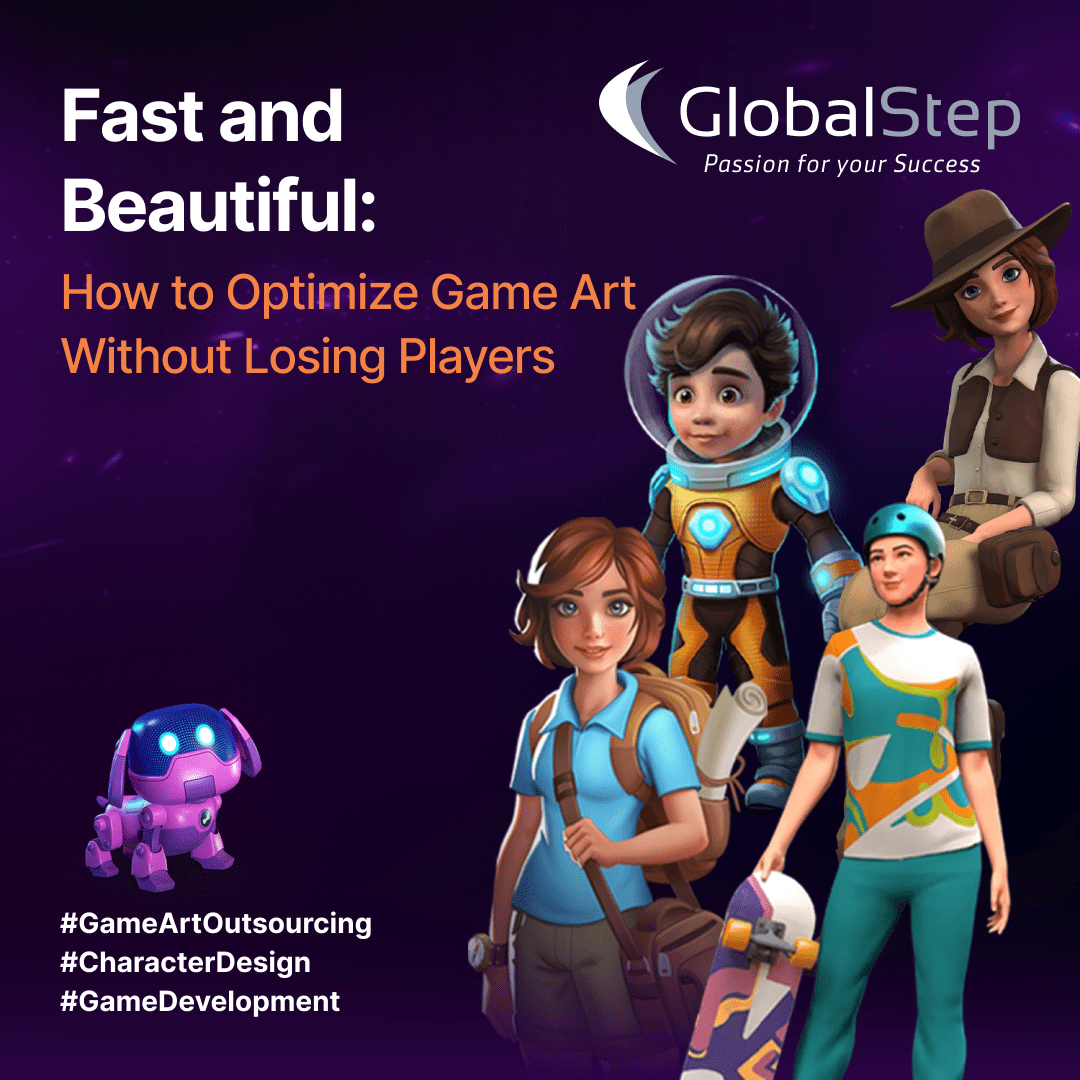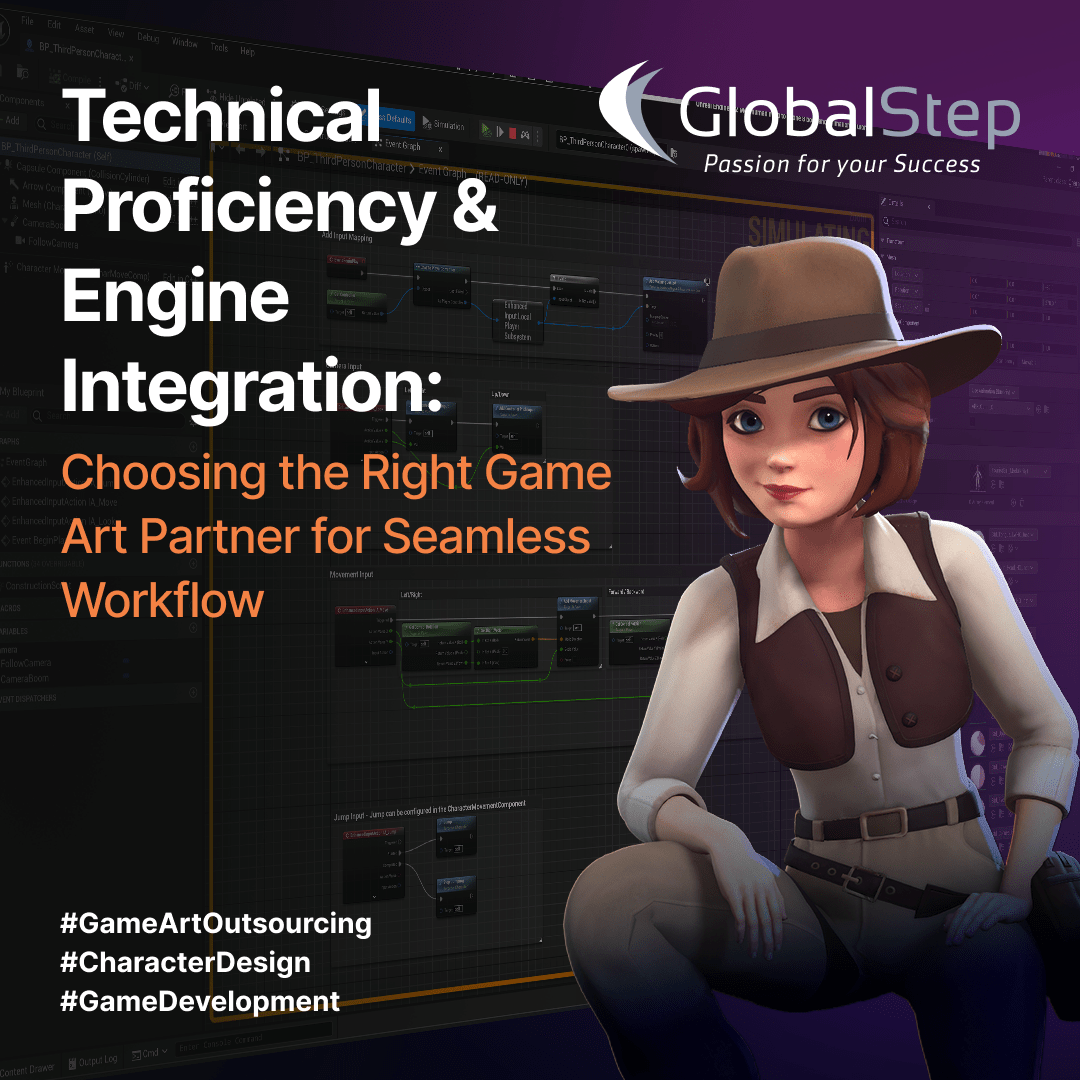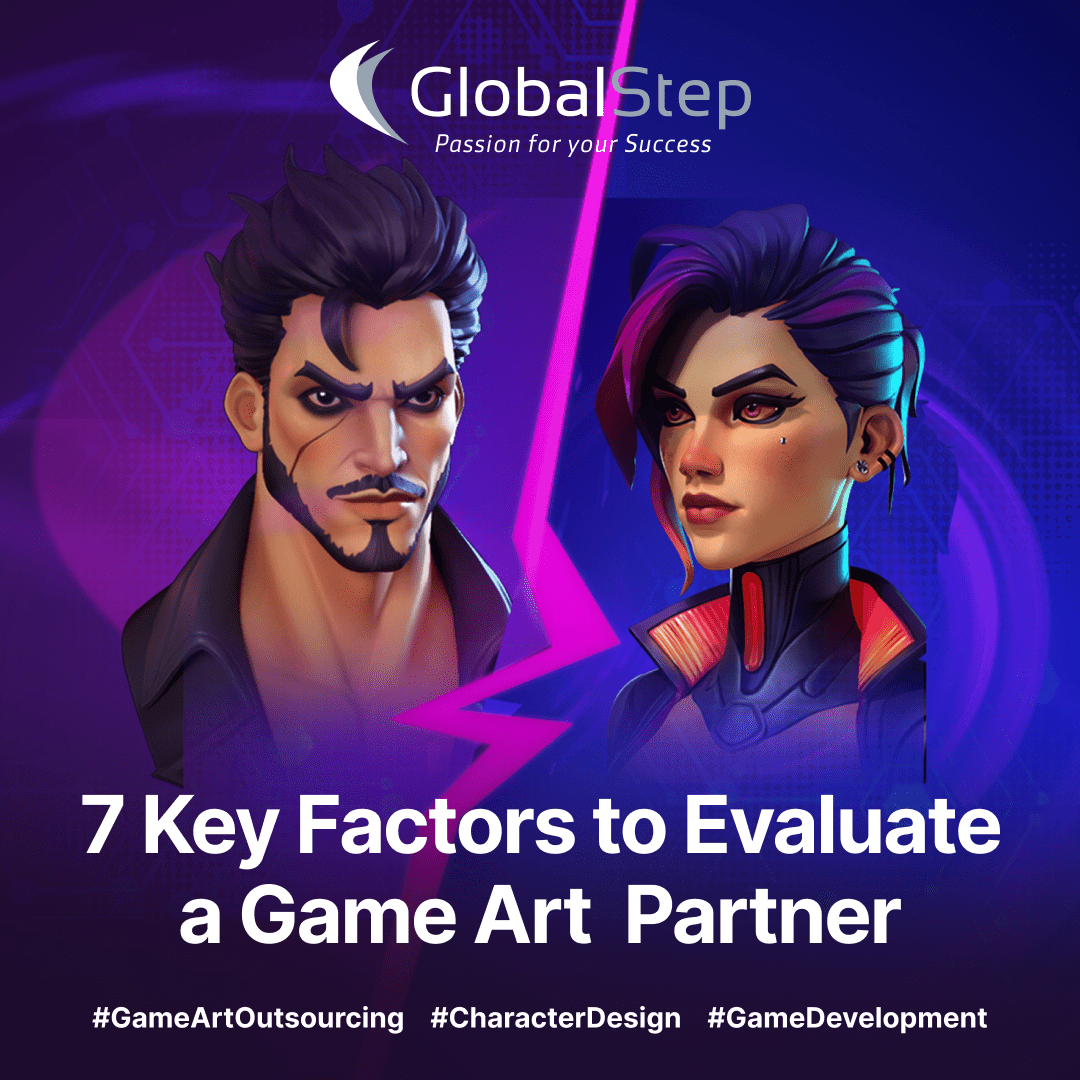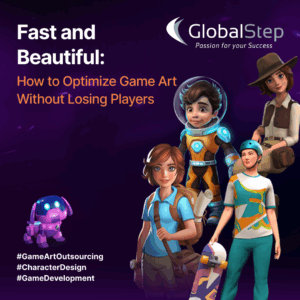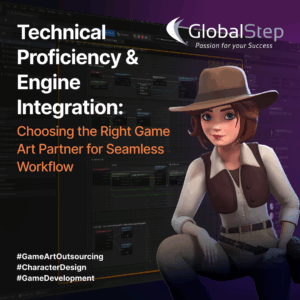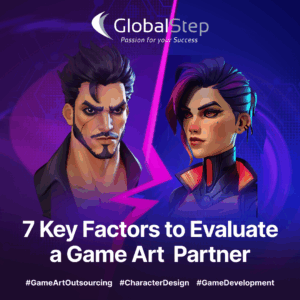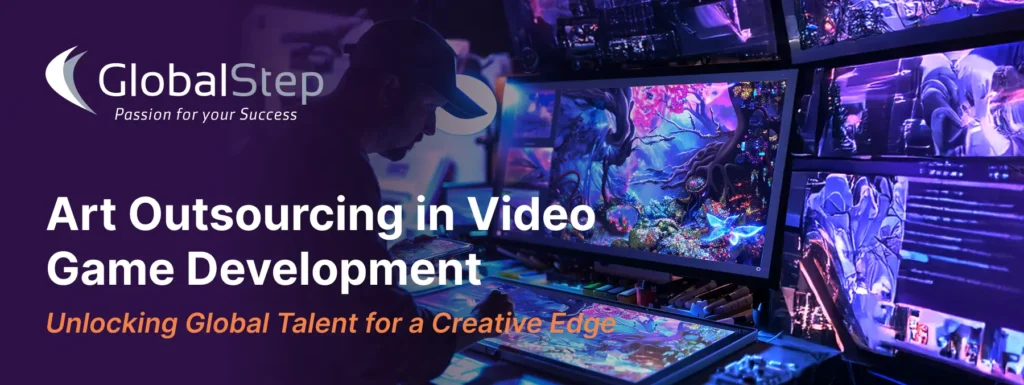
Every game deserves amazing imagery that grabs a player’s notice, but creating in-house art teams is often time-consuming and very expensive. Outsourcing video game artwork enables studios that haven’t found the right candidates to scale their production in their region. Finding various candidates that fit in skill, timing and budget is a challenge that can put milestones at risk. In this blog, we discuss the scenarios in which outsourcing art can improve the scale, timing and visual impact of your game.
Pros of Art Outsourcing
Art Outsourcing can greatly reduce production expenses, particularly for studios with a set budget. By partnering with external teams in lower cost regions, you can develop richer worlds without compromising quality. Additionally, outsourcing offers scalability when important deadlines or changes in scope call for a boost of productivity. External studios can provide the extra hands or hard to find specialists without the recruitment wait, or the long term commitment of a full time hire. This flexibility helps studios afford trend setting rockstars and avoid carrying too much overhead during lean times.
Accessing rare specialists is another major benefit. Whether 2D or 3D art, realistic or stylized, outsourcing gives studios access to hard to find specialists that are needed for a short time. Many studios learn and develop novel pipelines through their partnerships with us. partners have deep experience in particular styles or tools — Unreal Engine, Unity — that may not be within the in house team’s wheelhouse. By tapping this global talent pool, studios can inject fresh perspectives and creative solutions into their games, keeping them competitive.
Outsourcing can expedite video game development by allowing parallel work on multiple project components. This is particularly beneficial when a studio’s core team is laser focused on essential game mechanics and design, while external partners take care of art production. With teams in different time zones and cultures, work can proceed continuously throughout the year, which is an important factor for studios striving to meet tight deadlines through holiday periods. This arrangement also ensures that the core team can keep their inhouse team dedicated to the video game’s design, integration and mechanics while the outsourcing partners go broad scaling the labor intensive art tasks. Consequently, the burden of management is lightened, and the operation becomes more efficient.
The Cons of Art Outsourcing
For unique or trailblazing pipelines, outsourcing can be challenging. Communication and coordination across the teams must be on point. If the outsourcing partner doesn’t have key leads in your time zone, it can slow down feedback loops, making it harder to keep schedules on track. Developers in their search for lowest cost vendors often add risk to their project by missing out on the added value that high compliance and experienced providers offer. Some lack infosec best practices, language and experience gaps, causing them to fail on visual or technical expectations. Cheapest practices don’t produce high end and secure pipelines. This affects your milestone, which underscores the need for a highly professional outsourcing partner with actual game development experience.
Quality control is another concern. External teams may not always be able to fully capture your vision or meet your quality standards, leading to inconsistencies that require revisions. Fixes and polish take extra time, so lower tier teams focus on Minimal Viable Product rather than ensuring creativity and quality.
If your team is designing the game as it gets made, technical and aesthetic pivots will happen. Professional teams will be more agile and flexible, particularly if the project changes scope or hits a redo midway through.
Security and intellectual property risks are a big topic. A cheap team can afford less security, increasing the chances of leaks or intellectual property disputes. Without clear contracts, issues over ownership of art assets and software compliance may arise. Sensitive project information may be leaked if confidentiality is not adequately protected.
How to Successfully Outsource Art: Best Practices
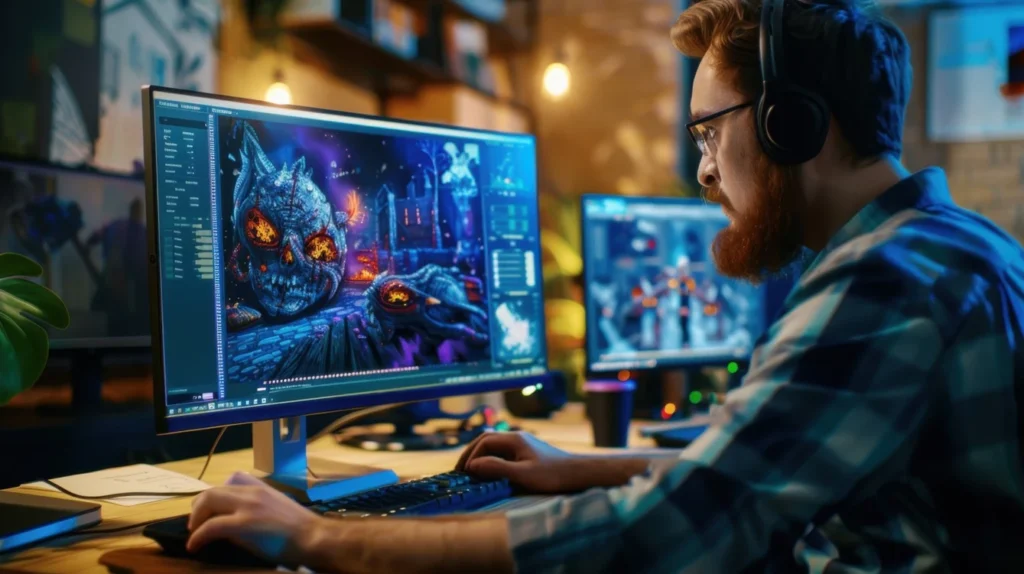
To successfully outsource art, studios need to develop a clear strategy that works best for them. Indies creating a new IP have different concerns than AAA teams handling high end licenses. The first step is choosing the right partner. Not all outsourcing studios are created equal, so it’s essential to find one with a strong portfolio, positive client testimonials, legit best practices and relevant experience in your game’s art style or genre. Setting clear expectations from the outset is also critical. Providing a detailed brief that outlines project goals, style guidelines, and deadlines will help the outsourcing team understand your vision and meet your expectations. Studios with deep culture of tribal knowledge about their project benefit from a solid partner that can ask probing questions.
Communication should be frequent and open. If your provider doesn’t ask for regular check-ins, prepare for impact. Feedback loops must be tight to ensure that everyone remains aligned. Weekly updates, milestone reviews, and regular art checks can help catch issues early and maintain consistency in the collection of outsourced art. Finally, studios must protect their intellectual property by ensuring contracts clearly define ownership rights and include non-disclosure agreements to safeguard sensitive information. Stay safe!
Conclusion: Balancing Creativity and Efficiency
Art outsourcing can be a game-changer for studios looking to reduce costs and scale. Some need temporary access to specialized talent. By carefully selecting the right partners, you get joy from the visual and technical deliveries. The wrong partner can give you pretty problems you have to fix during crunch. Maintain strong communication and clear quality control processes.
With GlobalStep, studios can harness the turnkey potential of outsourcing to create stunning, high-quality visuals for their games. We understand the unique complexities of game development and are here to help. Our team of experts ensures seamless collaboration from start to finish, so your project stays on track and delivers exceptional results.
